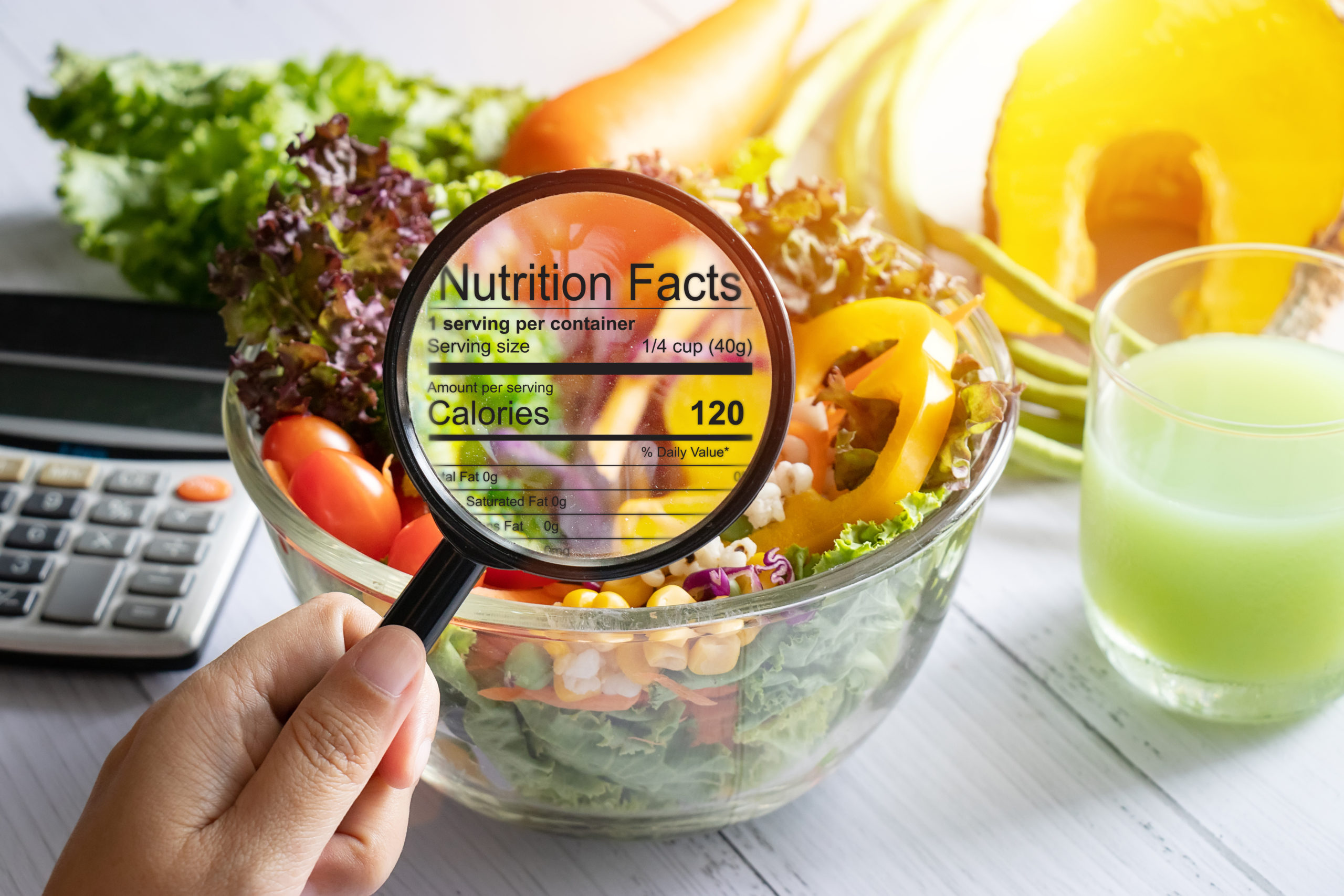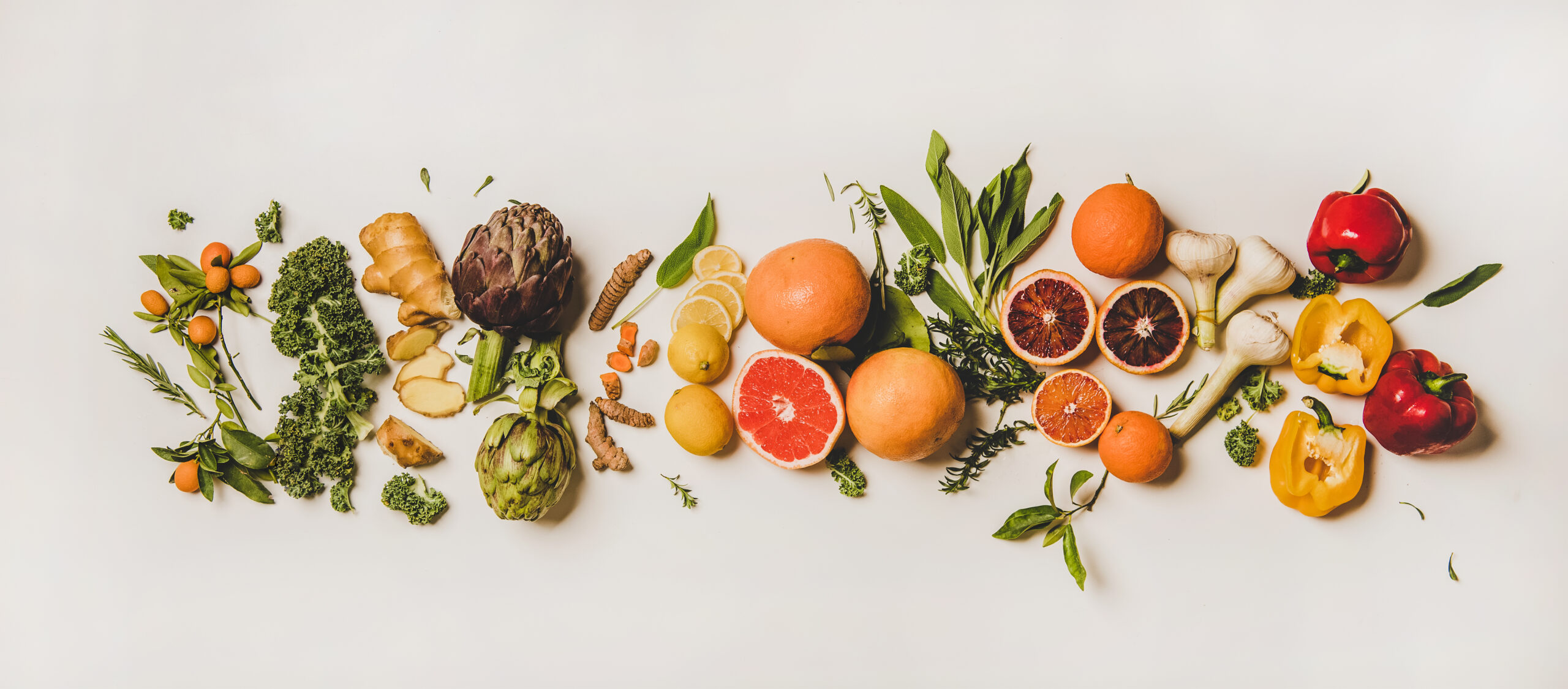by Caitlin O’Donnell
Eating well is key to avoiding illnesses and maintaining overall well-being. Discerning which foods are healthy can be frustrating since food packaging and nutrition labels can be challenging to understand.
How Much is Enough?
Food labels are based on a 2,000-calorie diet. Those with different nutritional needs should adjust their serving size to suit their needs. Based on a 2,000-calorie diet, the FDA recommends a certain amount of each nutrient. These numbers are called “Daily Values.” These include:
Less than:
»50 grams of added sugar
»2,300 milligrams of sodium
»20 grams of saturated fat
At least
»4,700 milligrams of potassium
»18 milligrams of iron
»1,300 milligrams of calcium
»20 micrograms of vitamin D
»28 grams of fiber
Sizing Up Serving Sizes
While the FDA requires companies to make serving sizes an amount someone would eat, many still make serving sizes smaller to make their product look healthier. For example, a serving of almonds is only about one-tenth of a cup. Serving sizes are not the recommended amount a person should eat.
Consumers often forget to adjust the nutrition information to the number of servings consumed. For example, a serving of peanut butter is typically 2 tablespoons and has about 2-4grams of sugar per serving. Let’s say a smoothie calls for 4tablespoons of peanut butter. The smoothie has 4-8 grams of sugar.
The Gist of the Ingredients List
Labels list ingredients by weight. Therefore, the first three ingredients are most of what the food contains. If one of the first three ingredients is a refined grain, hydrogenated oil or a type of sugar, it is not a healthy food. A general rule of thumb is that the more ingredients a food has, the more processed and unhealthy it is.
Fake Your Claim
Products try to reel customers by telling them their product reduces their risk of certain diseases. However, out of all the claims out there, the FDA only endorses the following:
»Calcium and vitamin D help prevent osteoporosis.
»Saturated fat increases the likelihood of cancer.
»Cholesterol and saturated fat increase the risk of coronary heart disease.
»Dietary non-cariogenic carbohydrate sweeteners can lead to dental caries.
»High-fiber grain products, fruits and vegetables reduce the risk of cancer and coronary heart disease. Soluble fiber is better than other fibers at lowering coronary heart disease risk.
»Folic acid may decrease the chances of neural tube defects.
»Excess sodium increases the risk of hypertension.
»Soy protein and a diet low in cholesterol and saturated fat can decrease the risk of coronary heart disease.
»Plant stanols/sterols esters may decrease the risk of coronary heart disease.
Glossing Over the Glossary
Aside from health claims, labels often use terms to make the food sound healthier. While having one of these terms on the label doesn’t necessarily make the food unhealthy, verifying them by checking the nutrition information and knowing what they mean is important. A food containing 5% or less of the daily value is considered low in that nutrient. If a food has 20%or more of a nutrient, it is a good source of that nutrient.
»Light/low fat/low calorie: Contains fewer calories or less fat than the original product. Often, the product is watered down or contains other unhealthy ingredients to enhance the flavor.
»Multigrain: Contains two or more types of grain. Check the label to be sure they are healthy wholegrains instead of refined ones.
»No added sugar: Traditional sugar has not been added. The manufacturer still could’ve added other sweeteners like honey, high fructose corn syrup, etc.
»Low Carb: May be healthier unless it is highly processed.
»Made with whole grains: This claim doesn’t matter if whole grains are not within the first three ingredients.
»Gluten-free: The food does not have wheat, spelt, rye or barley. It could still be processed and unhealthy.
Unsweeten the Deal
Sugar can be called many different things. Syrup is another name for sugar. Other names for sugar include: honey, agave nectar, barley malt, molasses, cane juice crystals, lactose, corn sweetener, crystalline fructose, dextran, malt powder, ethyl maltol, fructose, fruit juice concentrate, galactose, glucose, disaccharides, maltodextrin and maltose.
Conclusion
Ultimately, it is less about the individual foods and more about how they fit into a person’s diet. What matters most is getting enough nutrients. The key to correctly reading nutrition labels is ignoring claims and focusing on the daily values








Leave A Comment